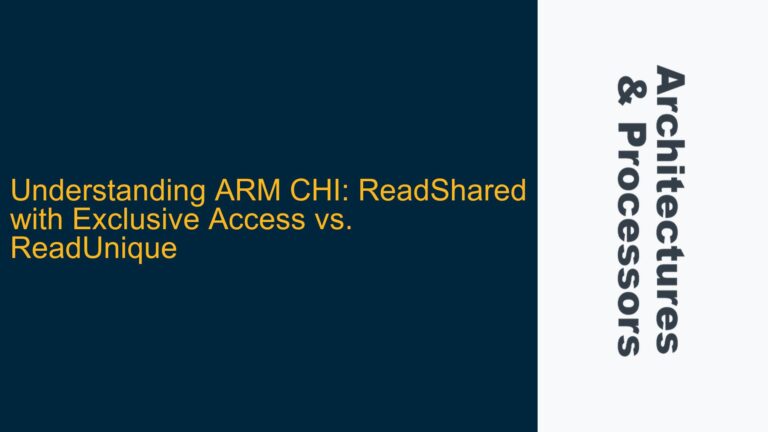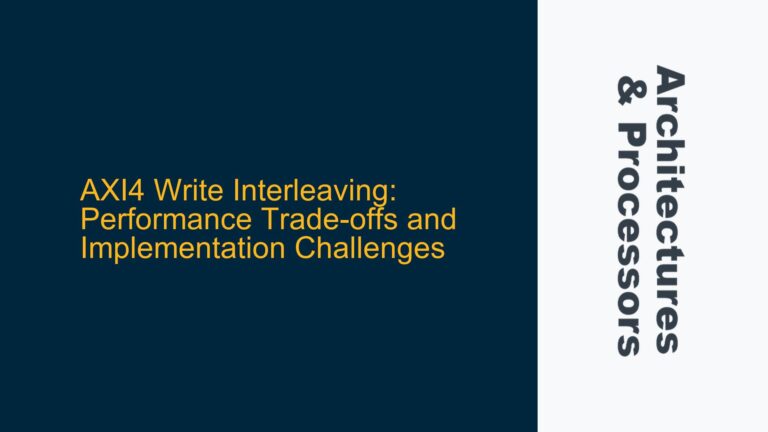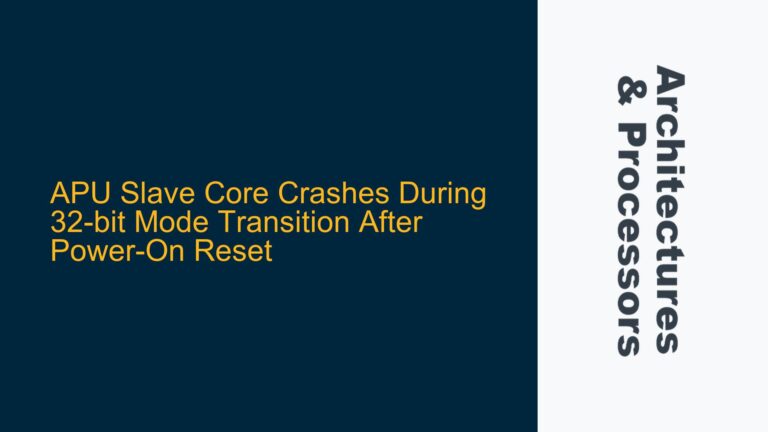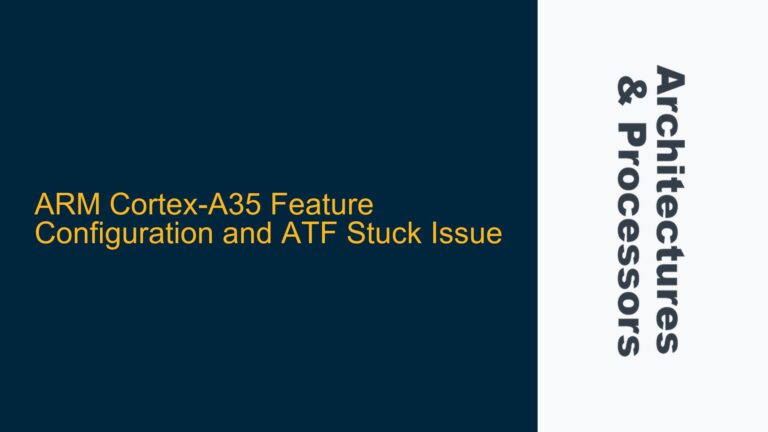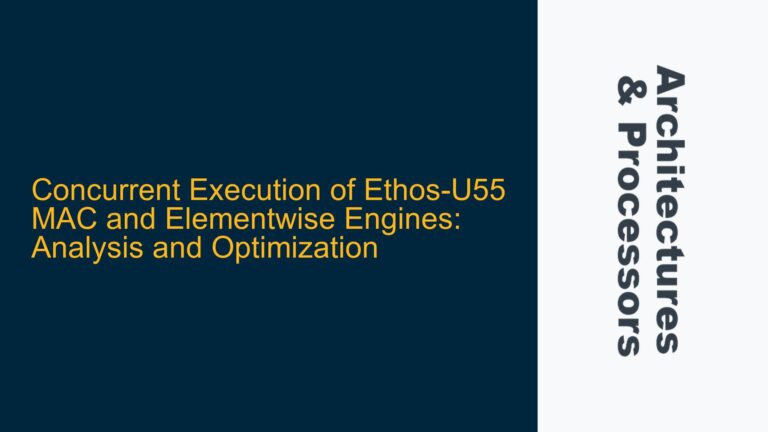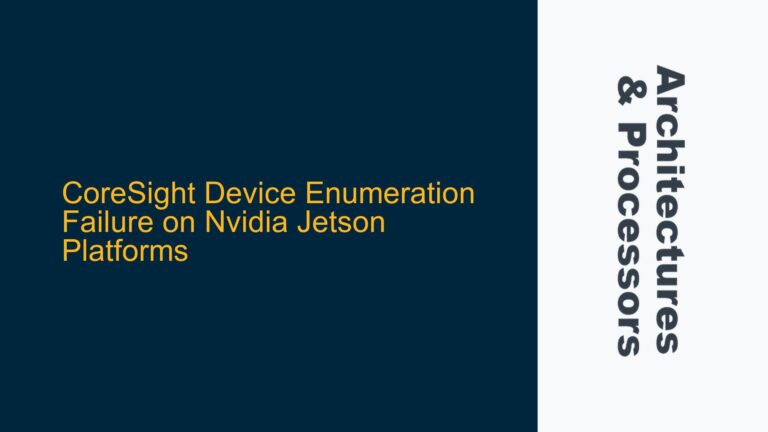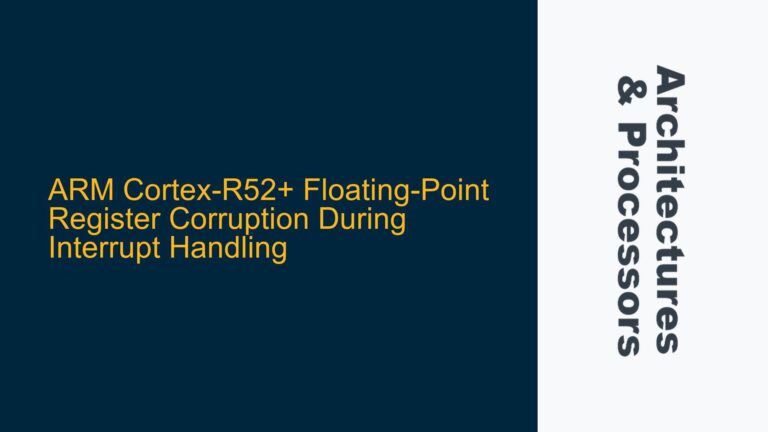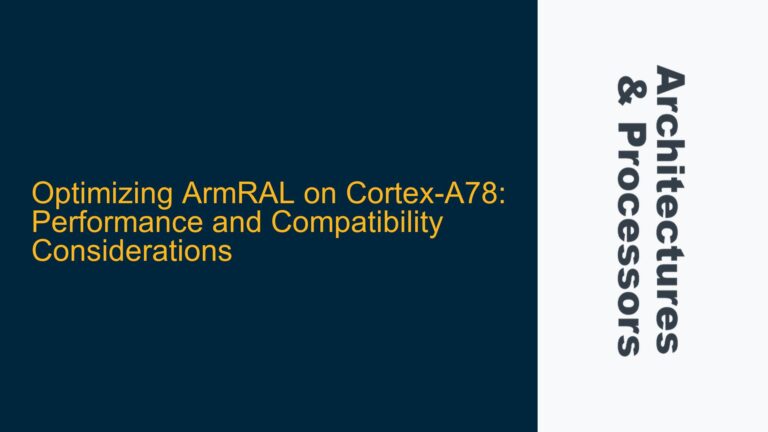ARM CHI: ReadShared with Exclusive Access vs. ReadUnique
ARM CHI ReadShared with Exclusive Access and ReadUnique: Key Differences and Use Cases The ARM Coherent Hub Interface (CHI) specification defines a set of protocols and transactions for managing coherence and data transfers in multi-core systems. Among these transactions, ReadShared with Exclusive Access and ReadUnique are two critical operations that serve distinct purposes in managing…
